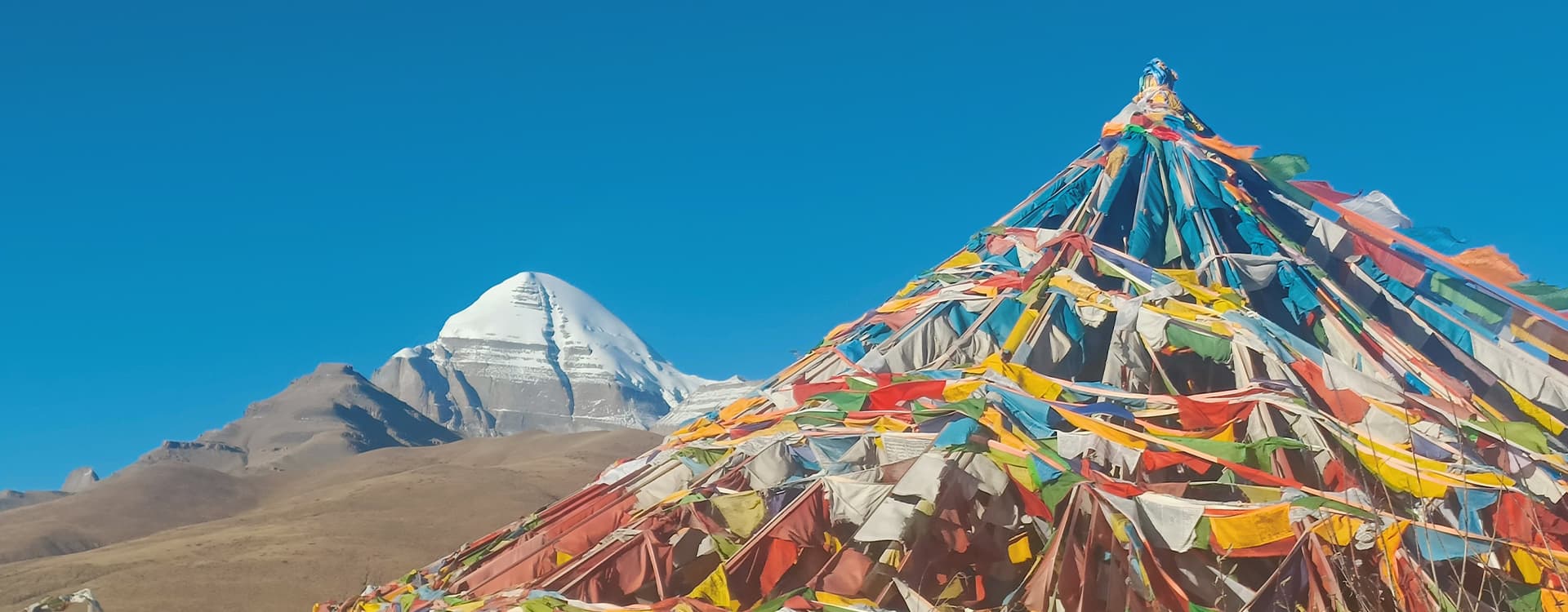Kailash Manasarovar Yatra 2025
Kailash Manasarovar Yatra is a pure spiritual Pilgrimage tour to the abode of Lord Shiva, involving a visit to Manasarovar lake and Mount Kailash. The Kailash Manasarovar Tour is a combination of the Spiritual and Natural beauty of Tibetan culture.
Mount Kailash – The Abode of Shiva
Nestled in the remote west of Tibet, Mount Kailash is a sacred mountain to four major religions of the World: Hindu, Buddhist, Jain, and Bon. It is the abode of Lord Shiva, who meditates eternally at its summit along with Goddess Parvati, symbolizing cosmic balance and enlightenment. Revealed my millions of people around the world, Mount Kailash is not only a pilgrimage site, but it is also the main axis of the Universe. The pyramid-shaped Mount Kailash has four faces South Face, the West Face, the North Face, and the East Face.
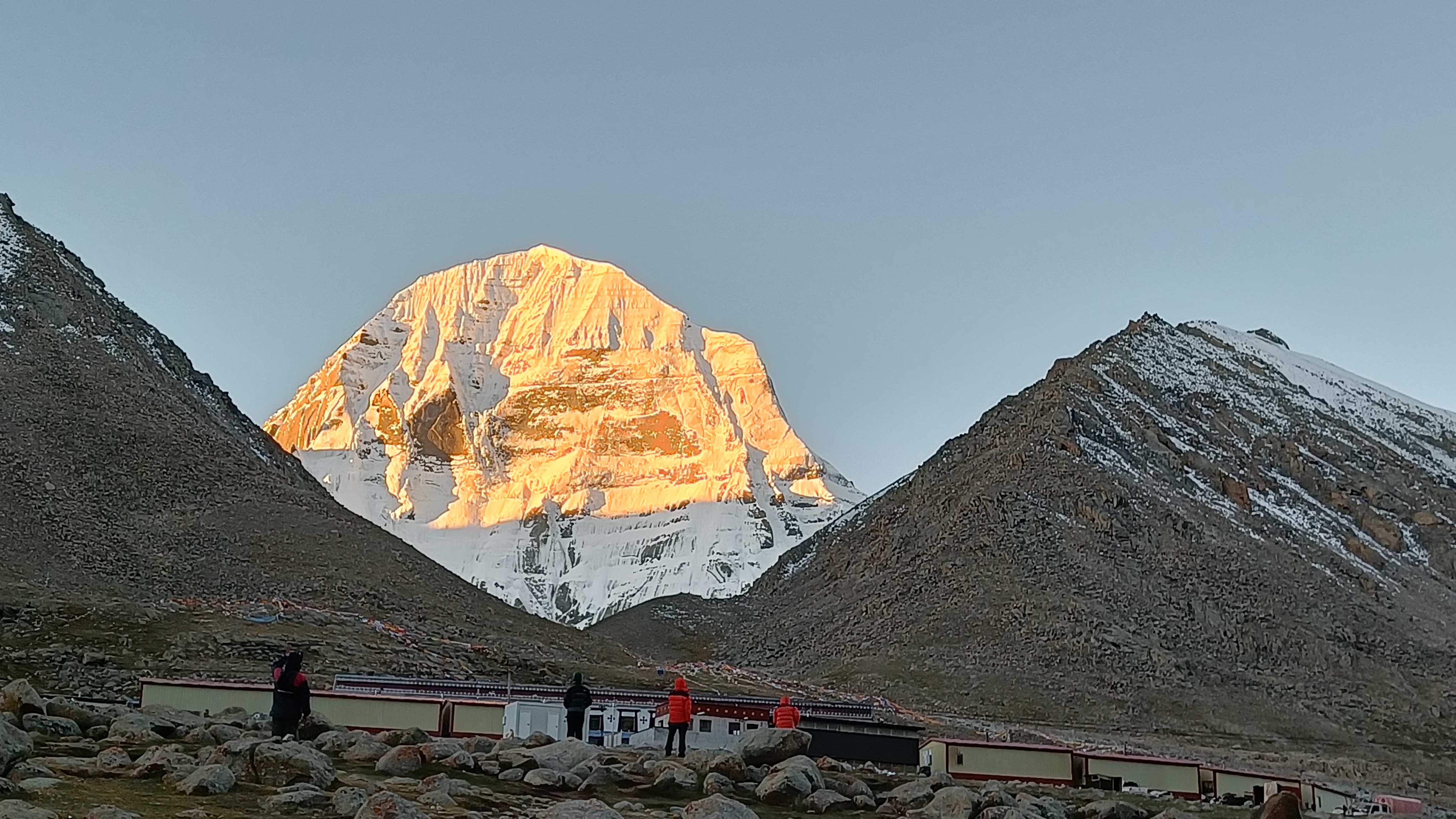
Manasarovar Lake- The Crystal Clear Lake
40 km from Mount Kailash, Holy Lake Manasarovar is a crystal clear, fresh lake at a high altitude. With 105km covering in perimeter, the lake is considered the manifestation of Brahma's Mind on the Earth's Surface. First, Brahma created the draft in his mind before creating the Lake.
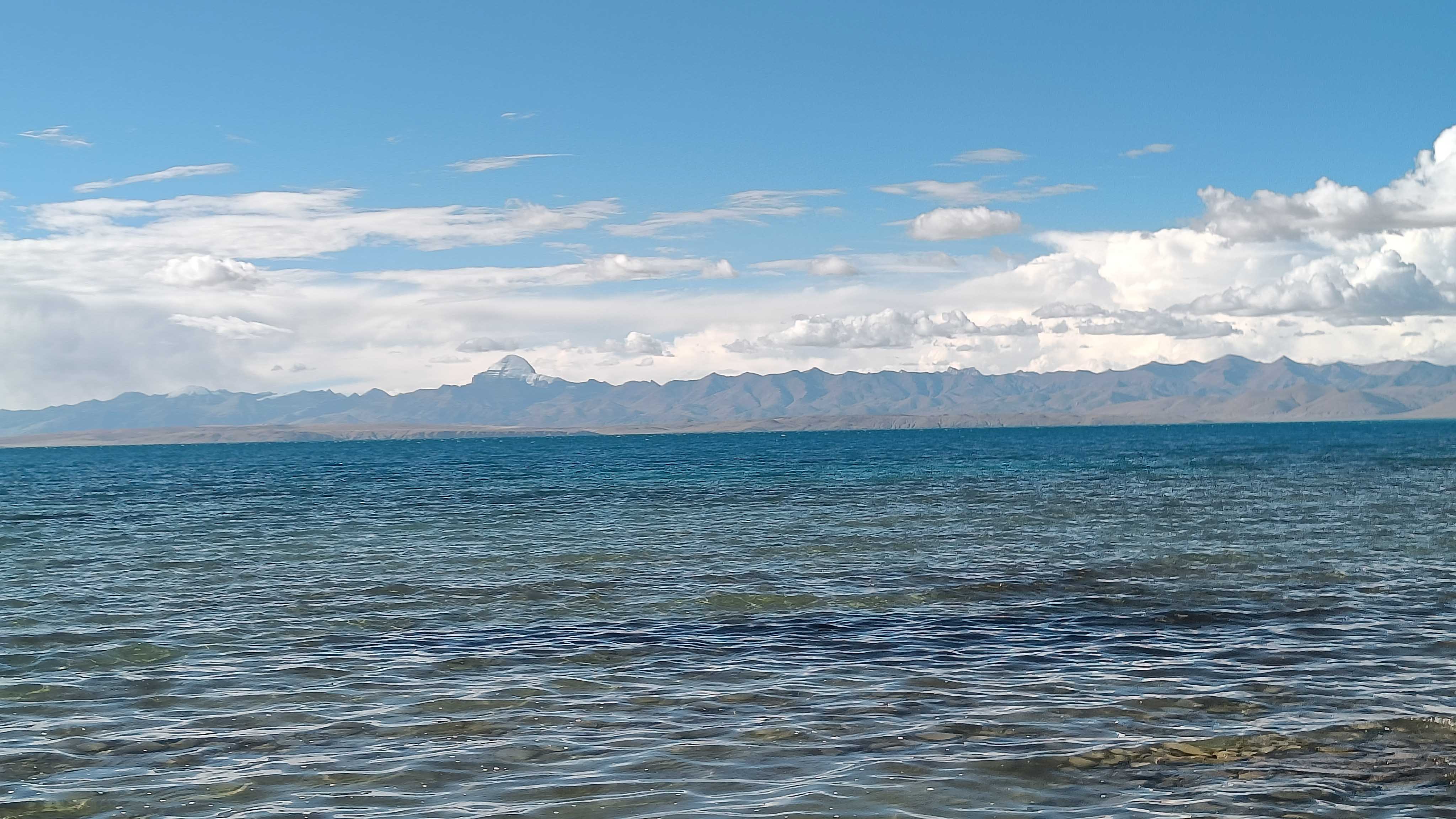
Significance of Mount Kailash & Manasarovar Yatra
Being sacred sites for different religions, Mount Kailash is different for different religions
Hindu Religion
Mount Kailash is a sacred pilgrimage site for Hindu Devotees. It is considered the adobe residence of Lord Shiva; the Destroyer, and Goddess Parvati. Together, they are called the ultimate sources of creation and destruction in the universe. They believe that Mt. Kailash is the eternal link between the heavens, earth, and humanity.
The Hindu Devotees circumambulating around Mount Kailash are also called Mount Kailash Kora or Mount Kailash Parikarma to absolve them of sins and bring liberation (moksha). The devotees of lord Shiva chant the mantras like “Om Namah Shivaya” to get a blessing from lord Shiva.
Buddhist Religion
Tibetan Buddhism believes that Mount Kailash is the Home of Demchok (also called Chakrasamvara), a god representing the pinnacle of happiness. Demchok stands for the combination of wisdom and compassion, two qualities that are necessary for enlightenment. According to pilgrims, the mountain offers a gateway to higher states of awareness by radiating strong spiritual vibrations.
Jain Religion
According to Jainism, Rishabhdeva, the first Tirthankara, achieved enlightenment (moksha) and limitless knowledge (kevala jnana) at Mount Kailash. By practicing self-control, renunciation, and non-violence (ahimsa), Tirthankaras—enlightened beings—have transcended the cycle of birth and death.
Bon Religion
Mount Kailash, known as Tise in the Bon tradition, is believed to be the seat of the deity Sipaimen, a protective god revered in Bon cosmology. Mount Kailash in Bon is associated with the Nine Ways of Bon, the core teachings of the religion. Each face of the mountain is said to represent one of these spiritual paths, offering wisdom and clarity to those who undertake the sacred pilgrimage.
The Mount Kailash Parikarma (Kora)- Circumambulation of Mount Kailash
The circumambulation of Mount Kailash due to some religious faith is called Kailash Parikrama in religious terms. In Tibetan terms, it is called Kora. During our Kailash Manasarovar Spiritual Tour, we circumambulate Mount Kailash by walking, which is called Mount Kailash Kora or simply Kailash Kora. All the religions did this Kailash Kora when they visit this sacred sites.
Outer Kora
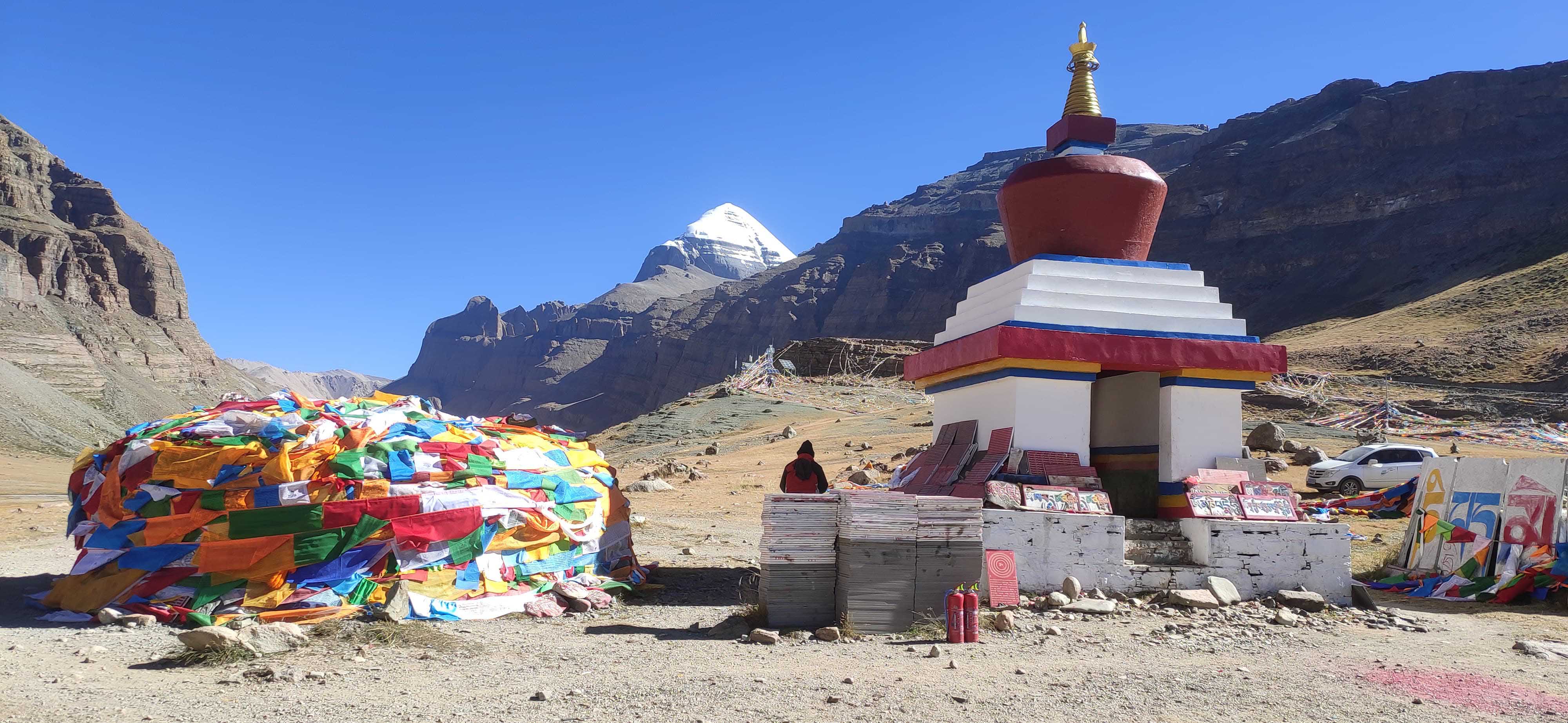
The Outer Kora is simply a circuit of Mount Kailash starting from Yamadwar and ending on Darchen by walking. The walking takes 3 days to complete 52km in total distance. The Outer Kora starts from Yamadwar_ the gateway of death, with scenic caves and stunning mountain views. The trail is simple, but due to continuous wind, the walking is difficult. On the midway, you will see the western face of Mount Kailash. The first day trek finally ends at the North face of Mount Kailash, which is called Diraphuk. Second day, you will observe Golden Mount Kailash North Face standing like a Pyramid in front of your room. After having breakfast, you are guided to inclined trails to Dolma La Pass (5610m), at the top of the pass, and while descending, you will see the Gauri Kunda. Then continue to Zuthulphuk and overnight. The next day, you are guided to descend to Darchen and complete Mount Kailash Parikarma within 3 days. This Kailash Parikarma is called Outer Parikarma.
Mount Kailash Outer Parikarma
| Day | Itinerary | Distance (Approx) | Time |
| 1 | Drive from Darchen to Yamadwar and Trek to Diraphuk (4,890m) | 20 km (12.5 miles) | 5-6 Hours |
| 2 | Trek from Dirapuk to Zuthulpuk via Dolma La Pass (5600m) | 22 km (13.6 miles ) | 9-10 Hours |
| 3 | Trek from Zuthulphuk to Darchen | 5 km (3 miles) | 3-4 Hours |
Charan Sparsh
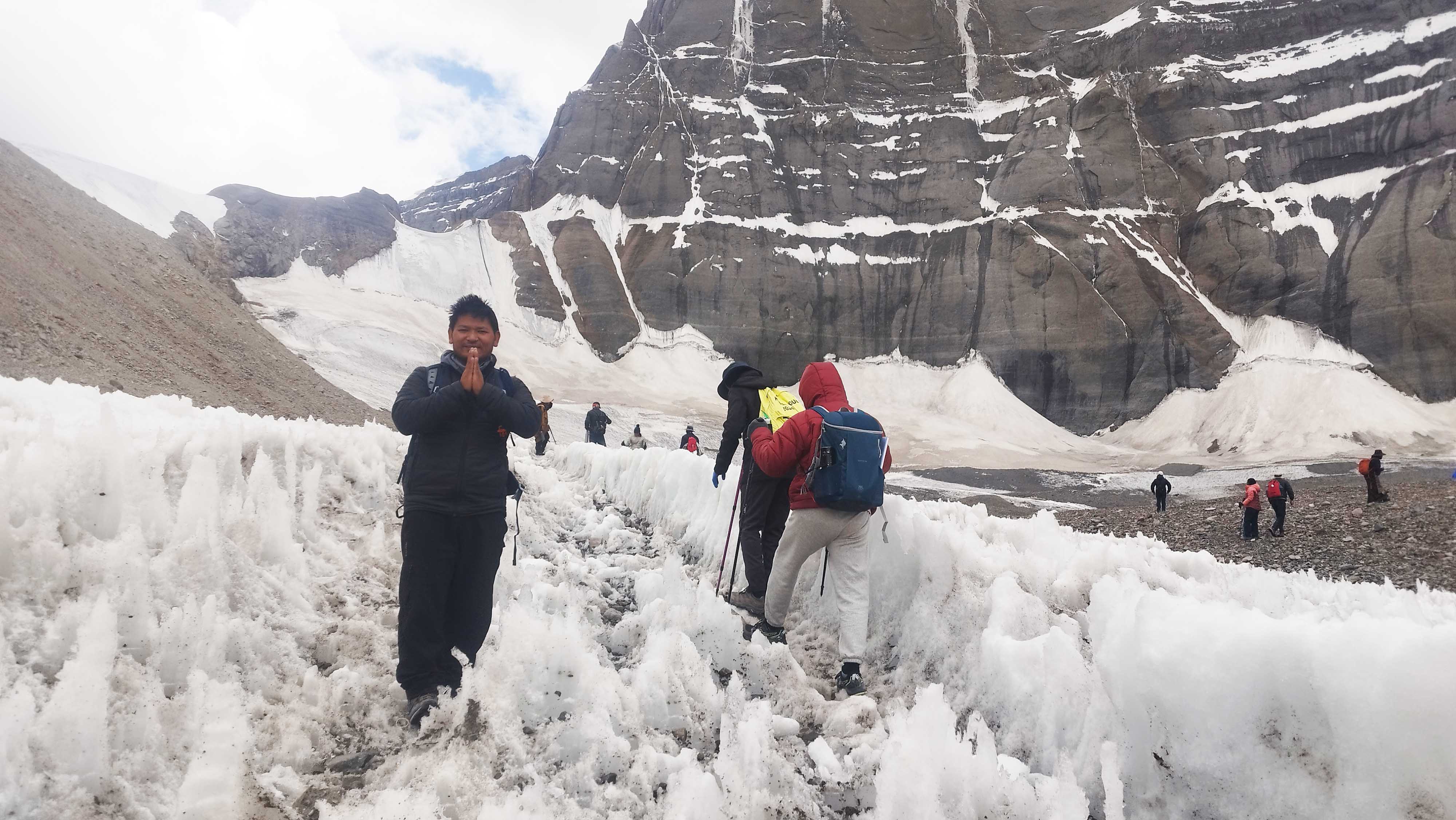
Charan Sparsh is a Shakrit Word whose meaning of Touching of Foot. Charan refers to the Foot, and Sparch refers to Touching. Here, during the Kailash Manasarovar Tour, Charan Sparsh gives the meaning of Touching Mount Kailash. Upto 2023, the Charan Sparsh was free as their physical fitness is strong, they can go. But from 2023, due to walking on the Heavy Glacier, the Charan Sparsh was banned as the Big Board is kept on the midway. Some Travel agencies keep Charan Sparsh on their package to attract more customers, and cancel the trip once in the field. So the yaties should confirm the package when you book the Trip in advance.
Inner Kora (Inner Parikarma)
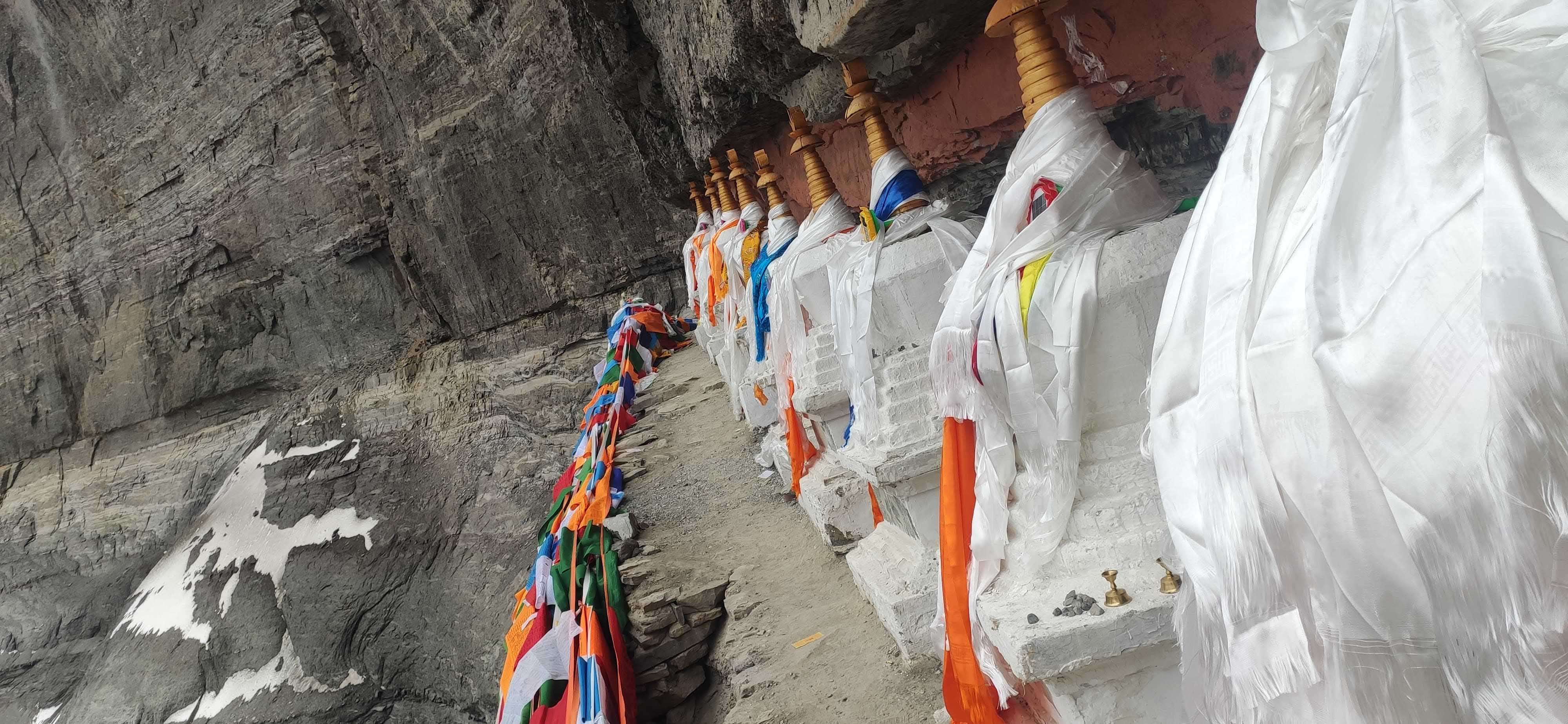
| Day | Itinerary | Distance (Approx) | Time |
| 1 | Drive from Darchen to Yamadwar and Trek to Diraphuk (4,890m) | 20 km (12.5 miles) | 5-6 Hours |
| 2 | Trek from Derapuk to Charan Sparsa (Touching The Feet of Lord Shiva) and back to Derapuk | 7 km (4.3 miles) | 8-9 Hours |
| 3 | Trek from Dirapuk to Zuthulpuk via Dolma La Pass (5600m) (Optional) | 22 km (13.6 miles ) | 9-10 Hours |
| 4 | Trek from Zuthulphuk to Darchen | 5 km (3 miles) | 3-4 Hours |
| 5 | Visit Nandi Parvat, Saptrishi Caves, Ashtapad, Atmalingam, Kuber Kund, and back to Darchen (You can divide it into 2 Parts) | 30-35 Km | 12-15 Hours |
Choose Your Perfect Kailash Manasarovar Yatra Packages
Mount Kailash is now only accessible from the Nepal and India routes. From the India route, only limited devotees are taking from the Indian Government, where people cannot get the chance of the Mount Kailash Parikrama. But from the Nepal route, you will get sufficient time for Mount Kailash Parikrama and can go with family members. There are mainly 3 different routes from Nepal, and 2 more are here to make your Tour luxurious.
- Mount Kailash Via Kerung Route, also popularly known as the Overland Route
- Mount Kailash Via Hilsa Route, also popularly known as Heli Route
- Mount Kailash Via Lhasa Route
- Mount Kailash via Hilsa Route joins from Lucknow (For Indians who don't need Kathmandu)
- Mount Kailash Via Lhasa-Ali Route (Who needs more Luxury during Kailash Tour)
There are mainly these 5 Kailash Packages from Nepal, so before choosing this Kailash package, you should read carefully which one suits you.
Key Spots during Kailash Manasarovar Yatra
Choose the best Travel Operator
There are almost a hundred Local agencies to operate Kailash Manasarovar Tour from Nepal. Among all these, only a few Tour operators issue Tibet Permits and Travel Visas. So you have to confirm whether they operate themself or they transfer the group to other agencies after commission. As this tour is only a Group Tour so those who collect a few customers should collaborate with some other group to minimize the operator cost, so either the agencies are trusted or just collect the customers and hand over the customers to others, and are free from responsibilities. The responsible tour operators are those who frequently answer your questions smoothly and also check their Itineraries. While choosing the best Travel Operator, you have to check
- Experience in organizing Kailash Mansarovar tours
- Customer reviews and feedback
- Cost and inclusions in the package
- Permit and documentation handling service
- Quality of accommodation and meals provided
- Safety measures and emergency support
- Trained staff and guides for the tour
- Flexibility in itineraries
- Availability of proper transportation facilities
- Transparent policies and no hidden charges
